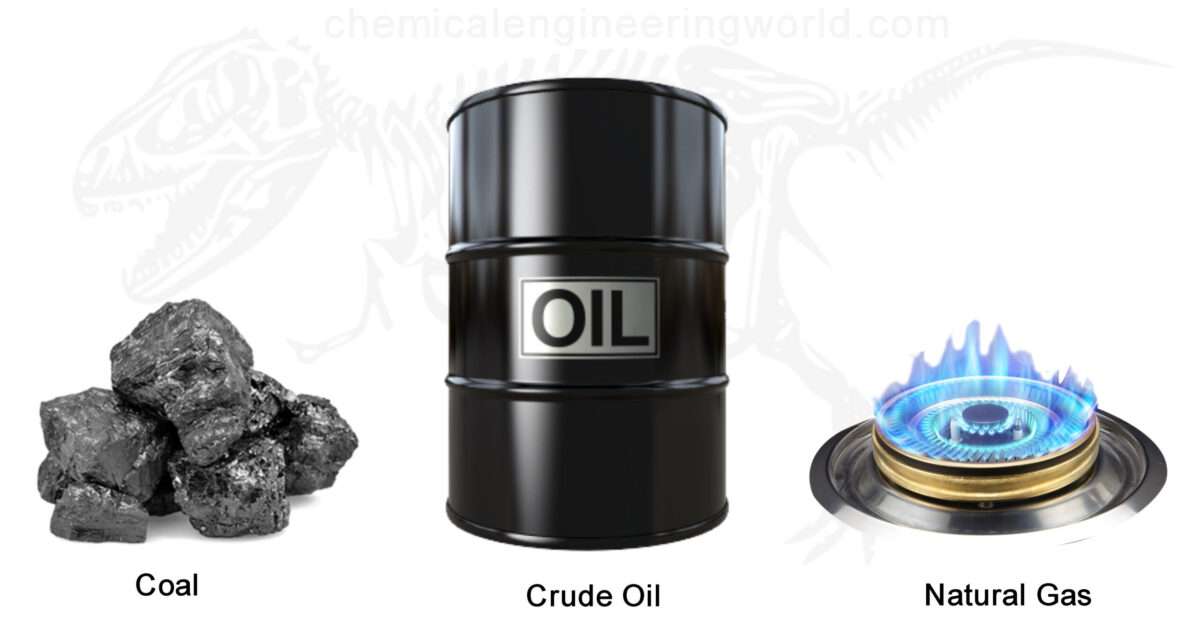Types of fouling in Heat Exchanger

Types of fouling in Heat Exchanger
Fouling in Heat Exchanger
Fouling can be defined as the deposition of unwanted material on heat transfer surface.
Fouling is an inescapable consequence of heat transfer between two flowing streams across a metal wall. The degree of fouling varies considerably with the nature of fluids being handled.
Due to the deposition of unwanted material there is an extra resistance to heat transfer thereby resulting in a reduction in the overall heat transfer coefficient. Due to decrease in overall heat transfer coefficient, more heat transfer area is required to achieve given heat duty.
The performance of heat exchanger goes down. Fouling reduces flow passage and thereby pressure drop increases. It is more serious because throughput is reduced by partial blockage of flow path. Consequences of fouling are
- Increased capital cost. More heat transfer area has to be provided to account for fouling.
- Higher pumping cost.
- Lower thermo-dynamic efficiency in condensing and refrigeration cycles.
- Shell & Tube Heat Exchanger
- Higher maintenance cost.
- Loss of throughout.
- Shutdown cost.
Types of fouling
Precipitation fouling
It is scale formation on heat transfer surface due to dissolved substances like CaCO, Caso, salts present in water result in precipitation fouling. These salts have inverse solubility characteristics.
Particulate fouling
It is the accumulation of suspended particles present in fluid on the heat transfer surface. It is called as sedimentation fouling. An example is rust particles contained in cooling water.
Chemical reaction fouling
It is the formation of deposits by chemical reaction between various components of the fouling stream. Examples of chemical reaction fouling are coking and cracking of hydrocarbons, polymerization etc.
Corrosion fouling
It occurs when heat transfer surface itself reacts to form corrosion product. It fouls the heat transfer surface.
Biological fouling
It occurs due to attachment of micro or macro organisms on the heat transfer surface.
Solidification fouling
It occurs due to solidication of liquid on sub cooled heating surface. An example of solidification fouling is ice formation.
Factors affecting fouling are
- Fluid velocity
- Fluid temperature
- Material of construction
- Surface finish of material
Higher fluid velocity minimizes fouling. Ideal velocity for liquids is 1.5-2.1 m/sec inside the tubes and 1.0- 1.5 m/sec outside the tubes.
When the dirty fluid is to be used inside the tubes the following strategies can be followed to avoid fouling
- Use large diameter tubes
- Maintain high velocity
- Leave sufficient margin in pressure drop
- Keep available spare tube bundle or a spare heat exchanger
- Use two shells in parallel
- Use wire fin tube inserts
- Use online cleaning.
When the dirty fluid is on shell side following strategies can be followed
- Use a U-tube or floating head design.
- Use square or rotated square tube layout.
- Minimize dead spaces by optimum baffle design.
- Maintain high velocity on shell side.
































